The jewelry industry has undergone significant changes in recent years, with the emergence of lab-grown diamonds making a substantial impact. Lab-grown (C.V.D) diamonds, also known as synthetic or cultured diamonds, are created in controlled laboratory environments using advanced technological processes that use the conditions under which natural diamonds are formed. As these diamonds gain popularity, their contribution to the jewelry industry becomes increasingly evident, affecting various aspects such as sustainability, ethical considerations, and market dynamics.

One of the critical contributions of lab-grown diamonds
Lies in addressing environmental concerns associated with traditional diamond mining. The extraction of natural diamonds often involves environmentally disruptive practices, including land disruption, habitat destruction, and carbon emissions. In contrast, lab-grown diamonds are produced sustainably, requiring significantly fewer resources and minimizing the environmental footprint. This shift towards sustainable practices aligns with the growing global awareness of environmental issues, making lab-grown diamonds an attractive option for environmentally conscious consumers.
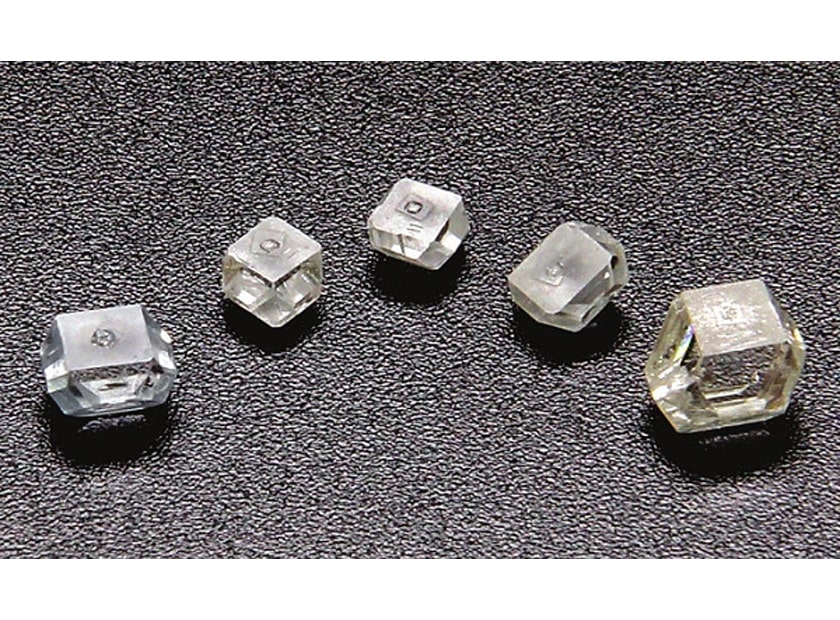
Ethical considerations
Has also become a significant factor in shaping consumer preferences within the jewelry industry. Traditional diamond mining has been associated with ethical concerns, including human rights violations and labor exploitation in certain regions. Lab-grown diamonds offer an ethical alternative, as they are produced without the ethical challenges of some natural diamond mining operations. Consumers seek products that align with their budget, and the ethical sourcing of lab-grown diamonds positions them as a responsible choice in the jewelry market.
The affordability of lab-grown diamonds
Compared to their natural counterparts, has increased in popularity. Natural diamonds are often associated with high price tags due to rarity, mining costs, and market demand. In contrast, lab-grown diamonds can be produced more efficiently, leading to a reduction in prices. This affordability opens up opportunities for a broader consumer base, allowing individuals who may have been priced out of the natural diamond market to access high-quality diamonds for various jewelry purposes.
Advanced technology
Plays a critical role in producing lab-grown diamonds, and advancements in this field continue to enhance the quality and variety of lab-grown diamonds available in the market. Innovations in diamond-growing techniques have led to diamonds with characteristics comparable to or surpassing those of natural diamonds. This includes improved color, clarity, and carat weight, making lab-grown diamonds a competitive choice for consumers seeking high-quality gems.
Lab-grown diamonds also diversify design
Possibilities within the jewelry industry. The controlled laboratory environment in which these diamonds are created allows for the production of diamonds in various shapes, Sizes and colors that may be challenging to find in nature. This flexibility in design options empowers jewelry designers to explore new creative avenues, offering consumers a more comprehensive range of choices in terms of styles and aesthetics.
The traceability of lab-grown diamonds
This is another noteworthy contribution to the jewelry industry. With increasing emphasis on transparency and authenticity, consumers are demanding more information about the origin of their products. Lab-grown (C.V.D) diamonds can be traced back to their specific production facilities, providing consumers with transparency that is often challenging to achieve with natural diamonds. This Traceability. It enhances consumer confidence and aligns with the broader industry trend toward greater transparency and accountability.
The acceptance of lab-grown diamonds by significant players in the jewelry industry has further solidified their contribution. Many well-established jewelry brands and retailers now offer jewelry pieces featuring lab-- grown diamonds alongside their natural counterparts. This acceptance signifies a shift in the industry's perception and recognition of the value that lab-grown diamonds bring to the market. It also gives consumers. more. Choices and reinforces the legitimacy of lab-grown diamonds as a credible and desirable option.
However, despite their numerous contributions, lab-grown diamonds are not without challenges. The perception that they lack the emotional or sentimental value associated with natural diamonds remains a hurdle to broader acceptance. Traditional beliefs and marketing narratives have long romanticized the rarity and uniqueness of natural diamonds, creating a psychological barrier for some consumers when considering lab-grown alternatives.
In conclusion,
The contribution of lab-grown diamonds to the jewelry industry is multifaceted, impacting environmental sustainability, ethical considerations, affordability, technological advancements, design possibilities, traceability, and industry acceptance. As consumer preferences evolve, the jewelry industry will likely witness a continued integration of lab-grown diamonds alongside natural diamonds, offering diverse options to cater to consumers' varying needs and values. Technological advancements and increasing awareness of environmental and ethical issues position lab-grown diamonds as a transformative force within the jewelry market.
















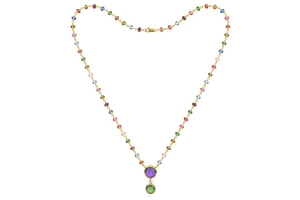

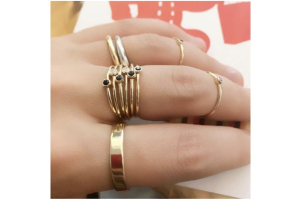

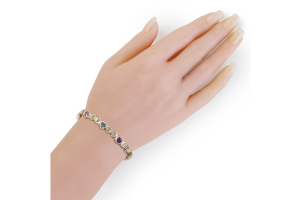

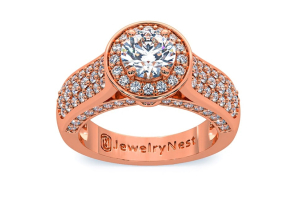
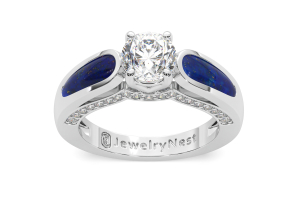

Validate your login